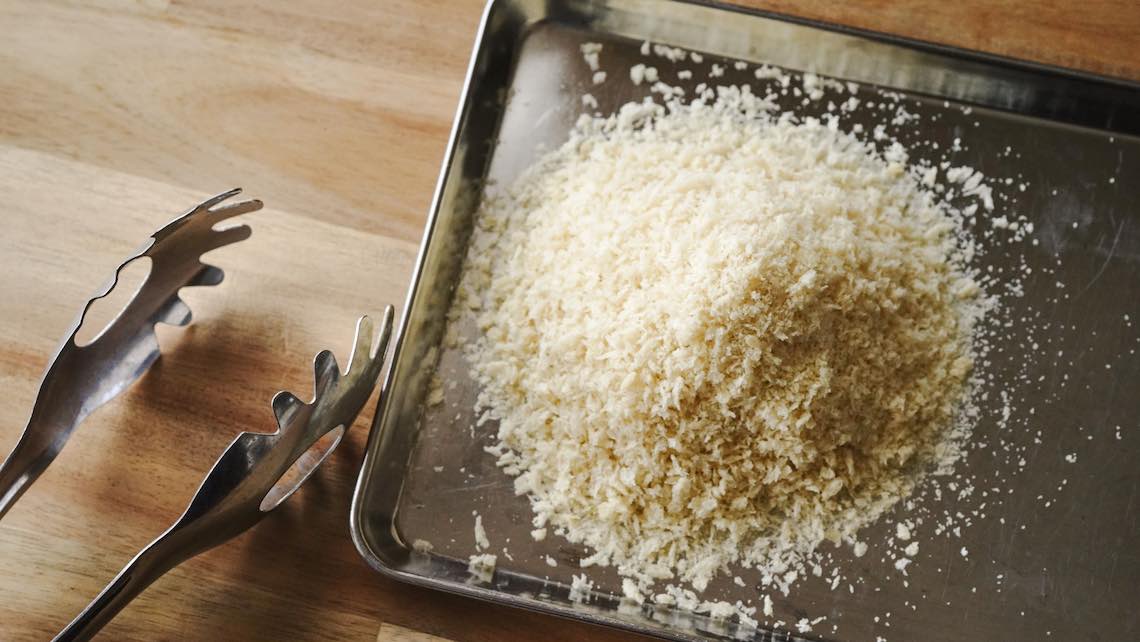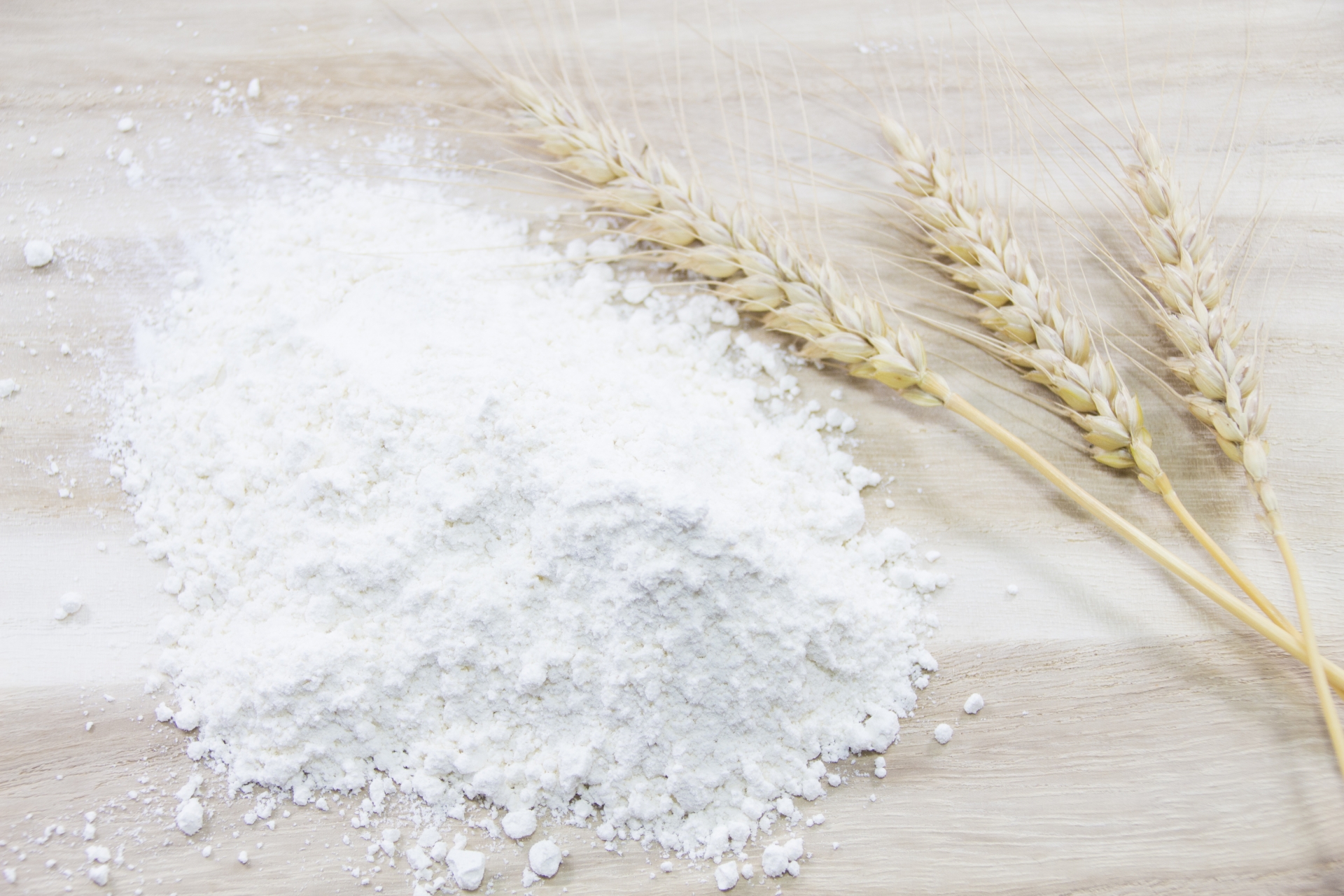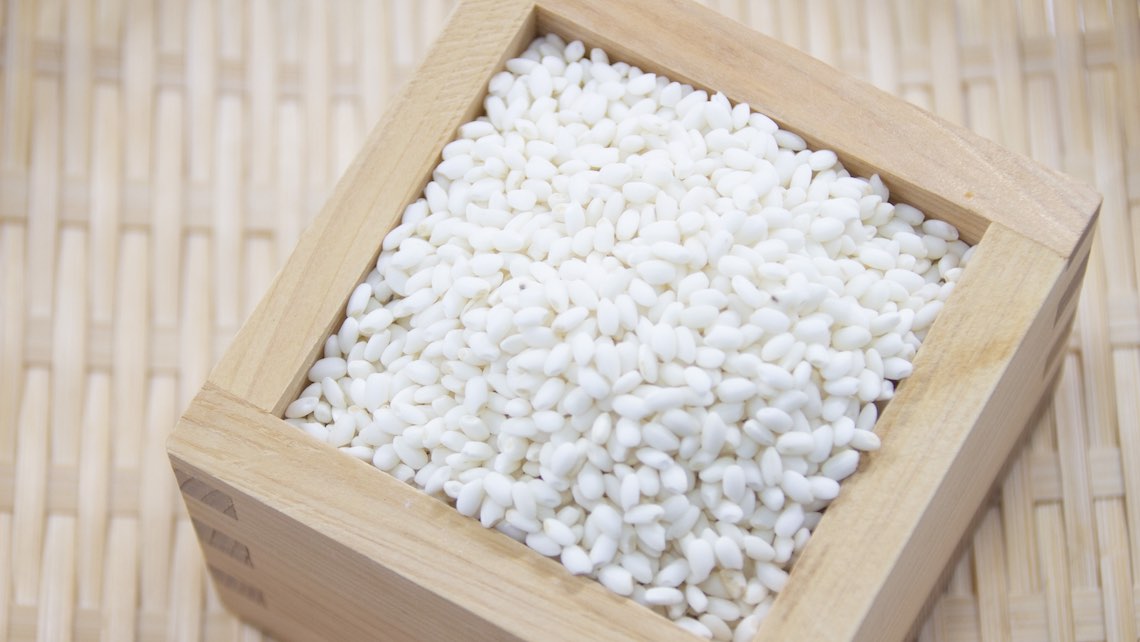Panko

Japanese Name and Pronunciation:

[panko]
In Japanese cuisine, “panko” refers to a type of breadcrumb that is commonly used as a coating or topping for various dishes. Panko is made from crustless white bread that is processed into large, airy flakes. These flakes have a distinctive texture and provide a light and crispy coating when used in frying or baking.
Panko differs from regular breadcrumbs in a few key aspects. Firstly, it has a coarser texture, which allows it to create a more delicate and crispy crust when used as a coating. The larger flakes of panko also tend to absorb less oil during frying, resulting in a lighter and less greasy finished product. Additionally, panko has a neutral flavor, allowing it to complement the flavors of the ingredients it coats without overpowering them.
Panko is widely used in a variety of Japanese dishes, such as tonkatsu (breaded and deep-fried pork cutlet) and ebi fry (breaded and deep-fried shrimp). It is also commonly used as a topping for gratin dishes and as a binder in meatballs and croquettes. The light and crispy texture of panko adds a delightful crunch to these dishes, enhancing both the visual appeal and the overall eating experience.






